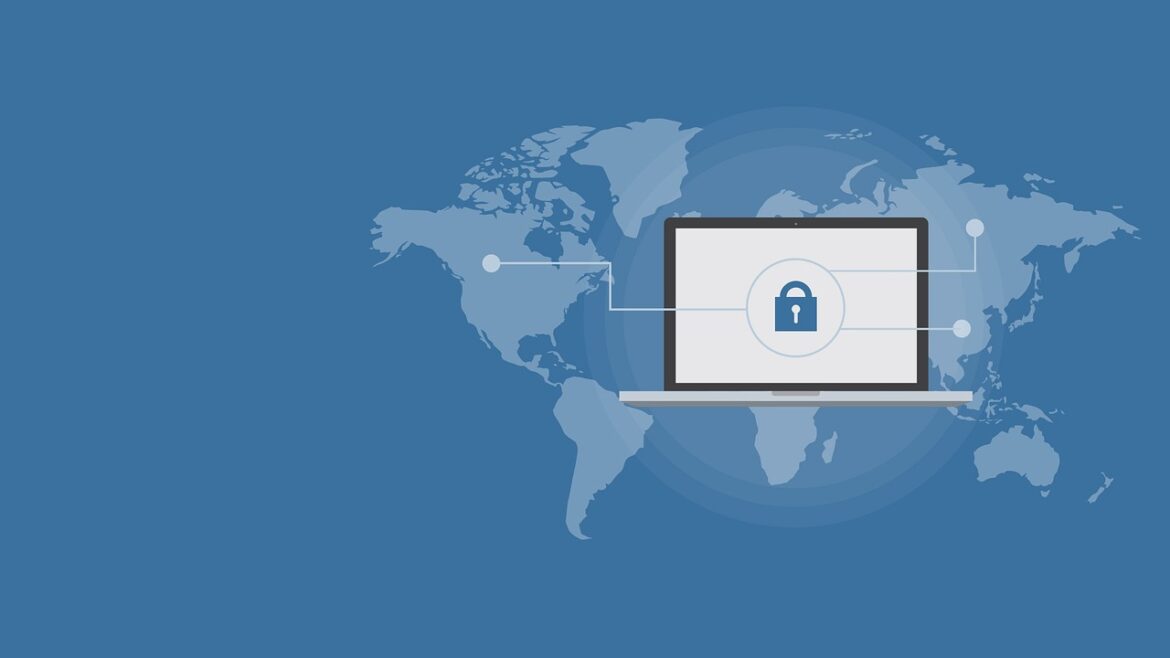A Growing Threat to Healthcare Cybersecurity
Healthcare’s embrace of digital technology—from virtual care platforms to interconnected medical devices—has opened new frontiers for patient care but also new vulnerabilities. Cybercriminals increasingly target this sector, making cybersecurity a critical frontline in protecting sensitive patient data and ensuring uninterrupted care.
Why Cybersecurity Matters More Than Ever
In 2024 alone, over 182 million individuals were affected by healthcare data breaches, with attacks now striking beyond IT systems to operational technology—like infusion pumps and imaging devices—that directly impact patient safety. Roughly 22% of healthcare organizations reported attacks affecting medical devices, with some hospitals forced to transfer patients due to disruptions.
2025’s Most Influential Cybersecurity Products and Trends
1. AI-Powered Security Platforms
Companies such as CrowdStrike and Palo Alto Networks are leading with AI-enhanced cybersecurity tools that analyze vast datasets to predict and neutralize threats before they strike. This proactive defense is vital for healthcare’s fast-moving digital environment.
2. Medical Device Cyberhardening
RunSafe Security’s innovations in embedded system protection guard the very devices that save lives, addressing vulnerabilities that traditional IT security often misses.
3. Unified Cloud Security Solutions
Zscaler and other pioneers offer integrated cloud platforms that secure data access and network traffic, crucial for hospitals shifting many services online.
4. Compliance and Risk Management Tools
CyFlare highlights that reducing risk and easing compliance reporting are top priorities for healthcare organizations wary of regulatory penalties and reputation damage.
5. Supply Chain Security
With software supply chain breaches on the rise, solutions that monitor and safeguard third-party software integrations are gaining prominence.
Real-World Impact: Cybersecurity Saving Lives and Trust
Jane, a hospital IT manager, shares how her facility’s recent adoption of AI-driven threat detection prevented a ransomware attack that could have delayed critical surgeries. “The system alerted us early and isolated the threat instantly,” she says. “It wasn’t just about IT—it protected our patients.”
Meanwhile, a network of healthcare providers in Europe is leveraging improved endpoint protection and multifactor authentication to meet strict data privacy laws like GDPR, boosting patient trust and data integrity.
The Road Ahead
Cybersecurity in healthcare is not a static goal but an evolving necessity. Increasingly sophisticated attacks require continuous innovation and collaboration across technology providers, healthcare organizations, and regulatory bodies. As digital health technologies expand rapidly, investments in advanced cybersecurity measures will continue to rise—aiming not only to protect data but to uphold patient safety and care continuity.
In summary, the convergence of AI-driven platforms, medical device cybersecurity advancements, and comprehensive risk management is redefining healthcare protection in 2025. These cutting-edge tools help institutions stay one step ahead of cyber threats, making the digital health revolution safer for everyone.
References:
- https://www.crn.com/news/security/2025/the-10-hottest-cybersecurity-tools-and-products-of-2025-so-far
- https://www.globenewswire.com/news-release/2025/06/17/3100375/0/en/Healthcare-Cybersecurity-Market-Forecast-Report-2025-2030-Major-Cybersecurity-Players-Like-Cisco-and-IBM-Emphasize-Defensive-Measures-Against-Healthcare-Data-Breaches.html
- https://www.prnewswire.com/news-releases/runsafe-security-releases-2025-medical-device-cybersecurity-index-amid-surge-in-threats-to-patient-critical-devices-302484559.html
- https://levelblue.com/resource-center/levelblue-research/2025-levelblue-spotlight-report-for-healthcare
- https://www.towardshealthcare.com/insights/healthcare-cyber-security-market-sizing
- https://support.wellcertified.com/hc/en-us/articles/25804330197399-Pre-approved-programs
- https://www.cfc.com/en-us/knowledge/resources/articles/2025/06/why-cybercriminals-are-targeting-digital-healthcare/
- https://substack.com/home/post/p-166151195



